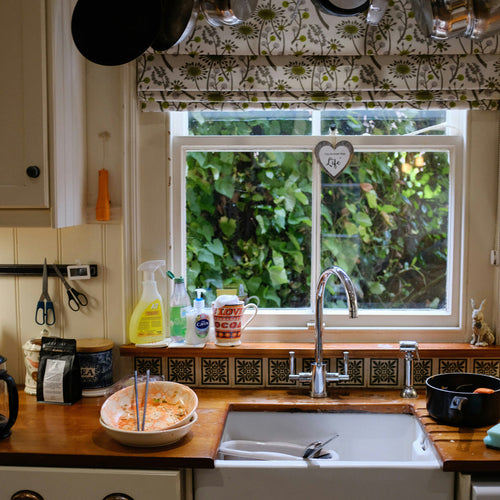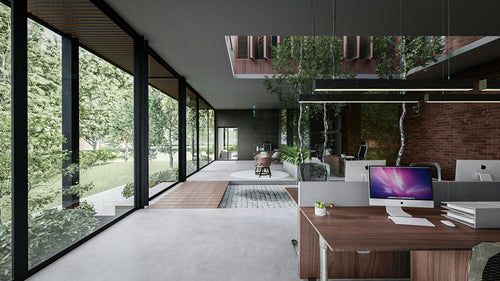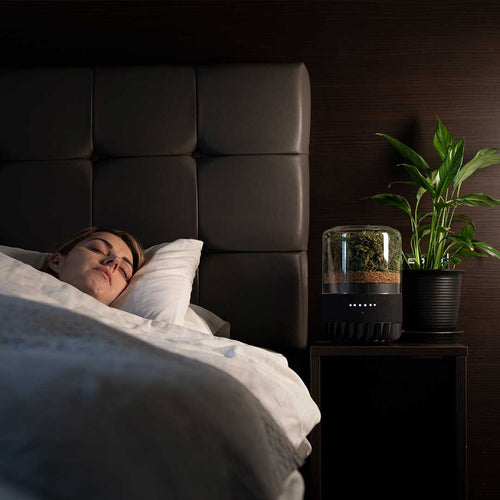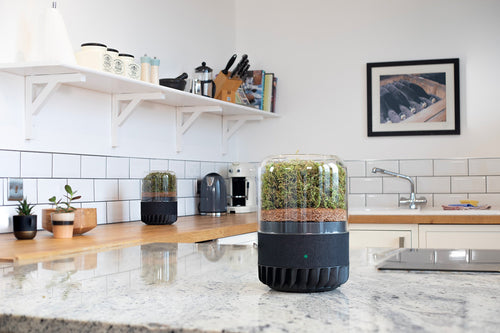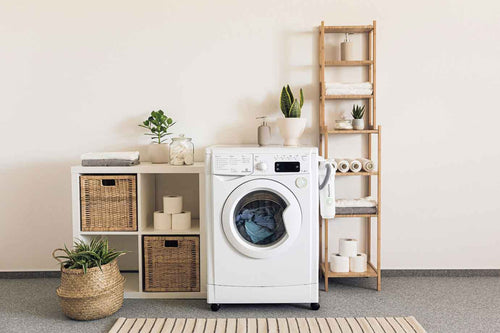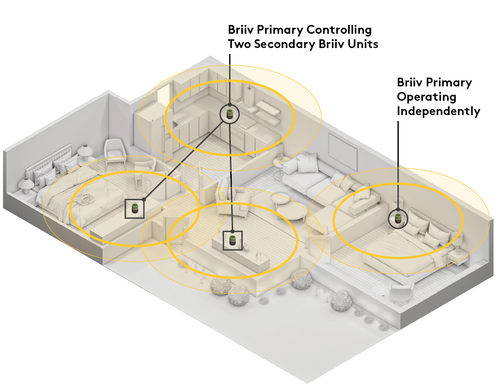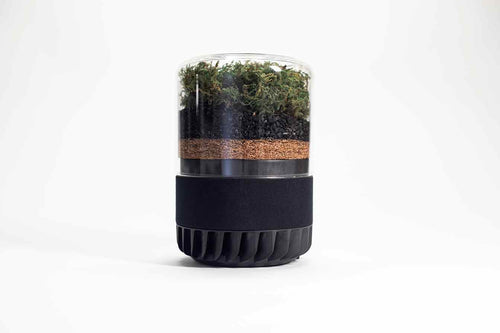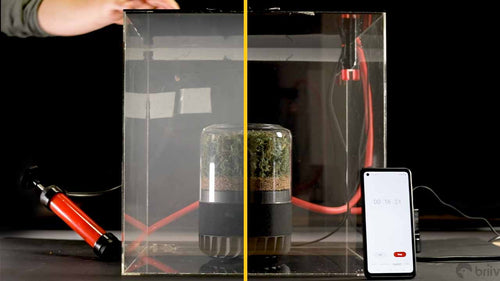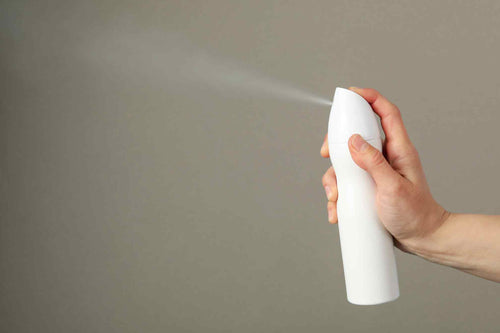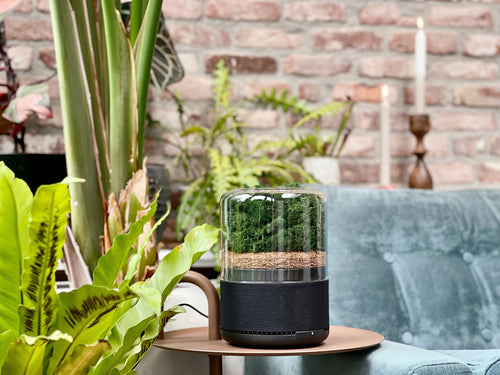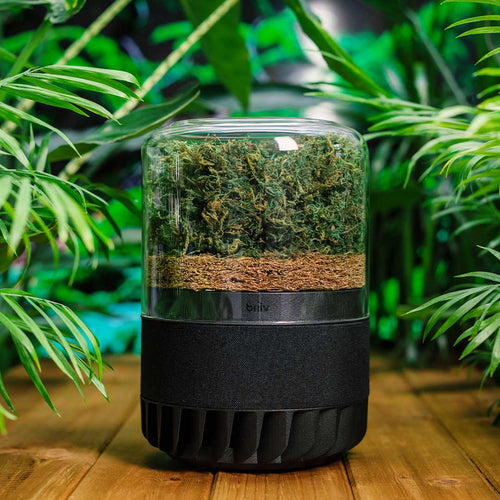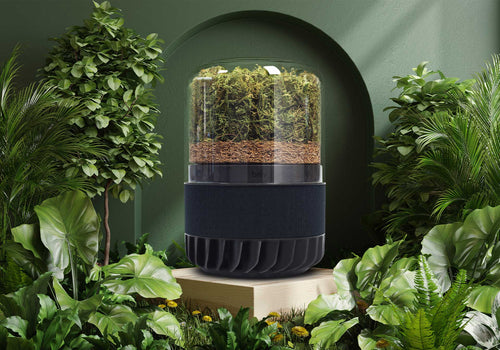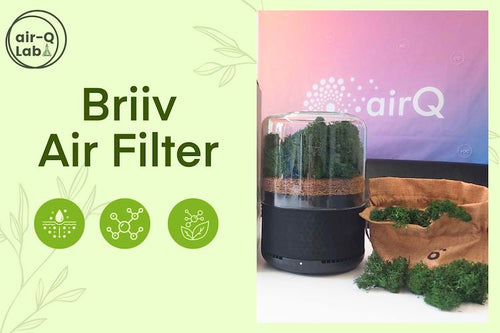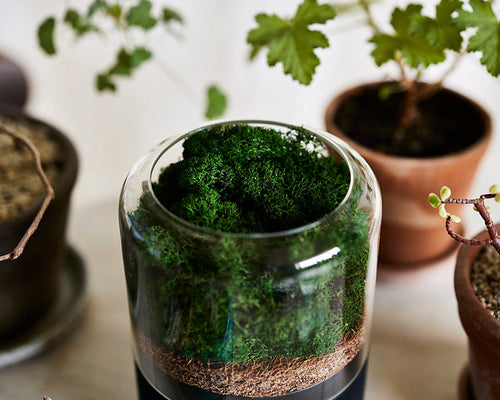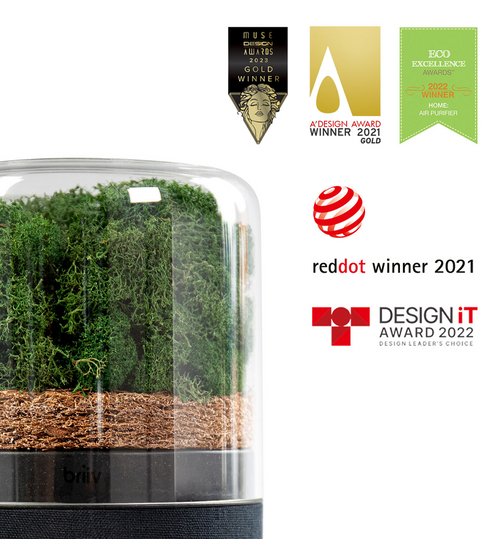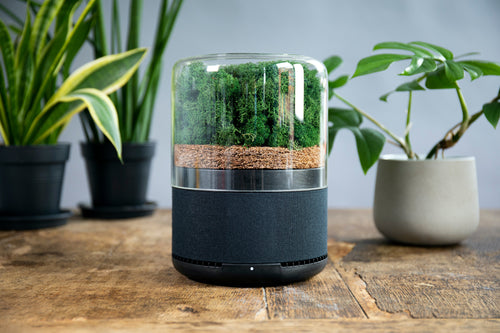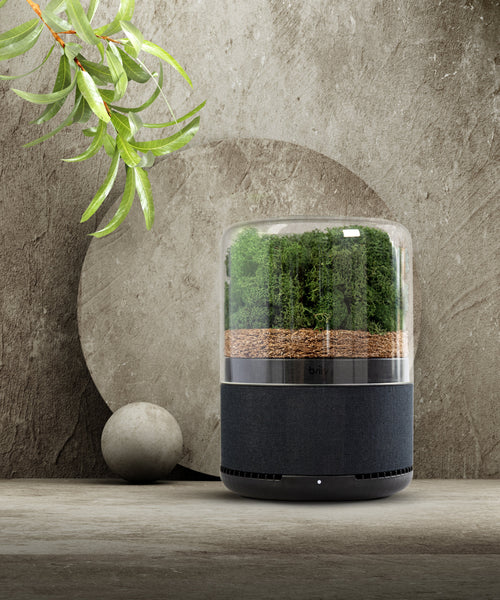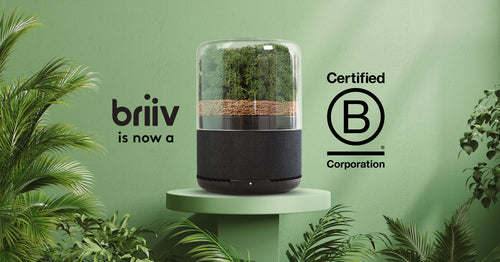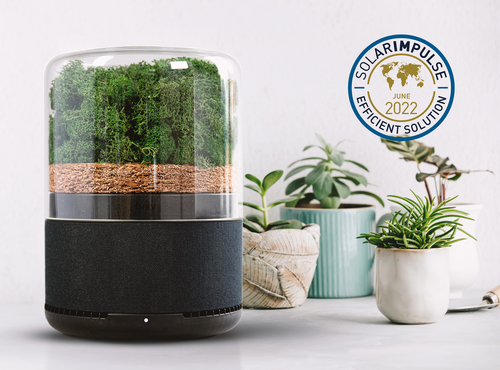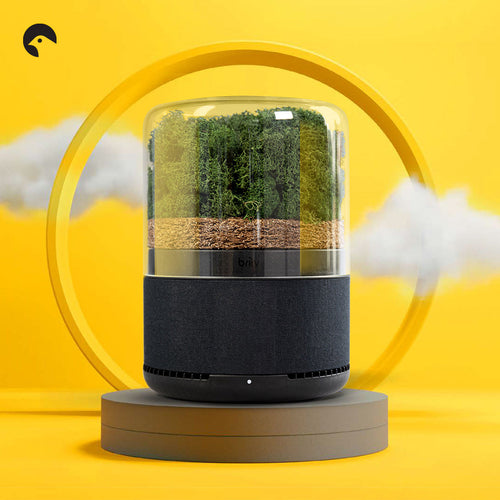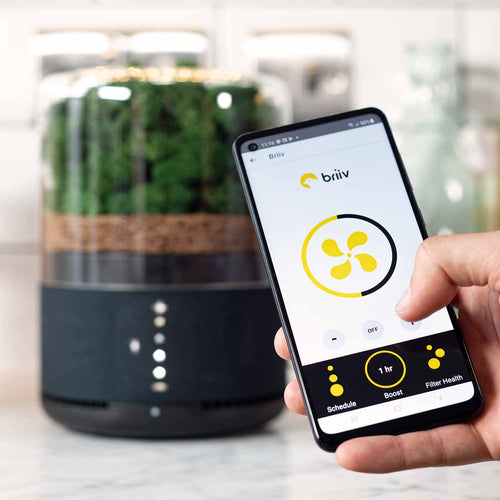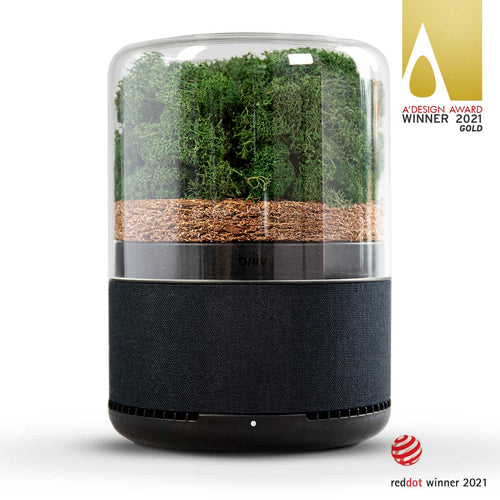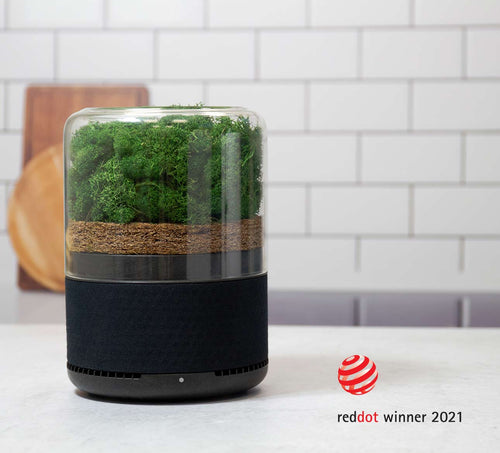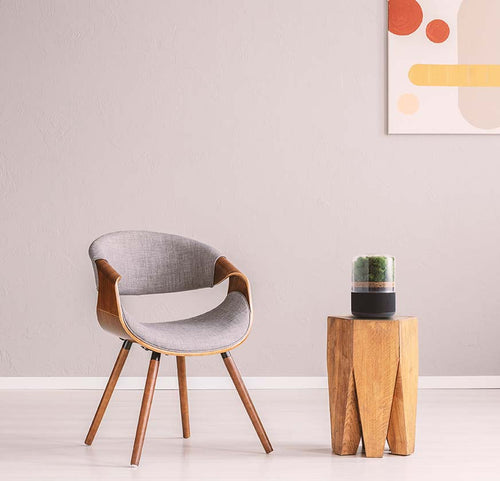
How To Measure Your Space for an Air Purifier
In the world of air purifiers (and trust us, it’s a pretty extensive world) it can be overwhelming to decide what’s right for you and your space. Cost, efficiency, and style can all come into play, and with hundreds of models available you might find yourself struggling to choose! An easy way to narrow down the choice is to know exactly what you want from your air purifier, and measuring your space to ensure your chosen device will keep things clean and fresh is a great start.
How big is your room?
First up you need to know how big the space is that you’ll be using your air purifier in. This is really easy, and all you need is a tape measure! You just need the length and width of the room, and then multiply them together. Most air purifiers use feet as a standard unit of measurement, so you’ll need to convert metric measurements. You can even get fancy and use lasers to measure your room if you really want to!

Air Purifier CADR vs. CFM
Once you know the square footage of your room you can choose an air purifier that matches or exceeds your requirements! Most air purifiers will have a value that’s representative of the space they can clear, whether that’s CADR or CFM, so you can find out what’s suitable.
CADR is the clean air delivery rate, and it measures the performance of your air purifier. The amount of small, medium, and large particles in the form of smoke, pollen, and dust are measured, and how effective the air purifier is at removing these determines its CADR. A higher CADR means the air purifier can clean the air quicker, meaning it’s more efficient. It takes into account the size of the particles that are being removed, the percentage of particles being removed, and the overall volume of air that passes through the unit.
Another method of measuring the effectiveness of a purifier is its CFM (cubic feet per minute), which measured how quickly air passes through a filter. The higher the CFM, the larger the space the air purifier can clean. The downside of only having a CFM measurement is that, depending on the size of the room you want your air purifier in, it can take longer to cycle all the air in the room. The CADR accounts for individual particle removal, while the CFM just shows how quickly the air flows through the unit.
Knowing the CFM means you can work out the air changes per hour (ACH) delivered by your unit. ACH tells you how many times per hour the entire volume of air in a given space is replaced or recirculated through your purifier. It is also sometimes referred to as “air change rate” or “air exchange rate.” The higher your air changes per hour, the more efficient and beneficial your purifier.
Optimising Air Purifier Efficiency
Other spatial factors can influence how effective your air purifier is, including whether or not your space has high ceilings or is set out in an open plan. Will your air purifier be near a door, or in a room where the windows are often open? All of these can have an impact!

High ceilings can mean calculations based on square footage may not be accurate for your space. Depending on the ceiling height of the test room, your space may have a higher volume of air which will require a more efficient purifier. This is why the CFM measurement is so useful, because it measures the volume of the space rather than the area.
Open plan homes can feel airy and light, but it can also mean that there’s a whole lot more air to cycle through a purifier! Just because your filter is in your living space doesn’t mean it’s only going to filter the air there, so you’ll want to take into account the efficiency of the purifier versus the space it’s going in.
While you can run an air purifier with a window open, it’s undoubtably more effective to close the windows and doors to the room your purifier is working in. An open window means outdoor pollutants can be consistently introduced to the space, which means it’ll take longer to purify the air. Depending on the efficiency of your unit, you might find that the air quality doesn’t improve to the level you’re after. A similar thing can occur with internal doors, as pollutants from the rest of the house can enter the space!
If you have a Briiv, or if you’re thinking of getting one for your space, we have a handy calculator to work out how many Briiv units you need for your space, as well as calculating how long an air change takes! You can check it out here.

Conclusion
Ensuring your air purifier is the right size for your space is essential to improving your health and wellbeing by creating a clean and healthy environment. Accurately measuring your space and understanding the capabilities and efficiencies of different purifiers means you can make an informed decision that will keep your air fresh and pollutant-free.
Bringing an air purifier into your home can significantly improve your indoor air quality, but it's essential to use it correctly. Ensure that doors and windows are closed when running the purifier for maximum efficiency and position the unit in a strategic location to optimise air circulation.
With the right air purifier, you can breathe easier and enjoy a healthier living environment, no matter the size of your space!

